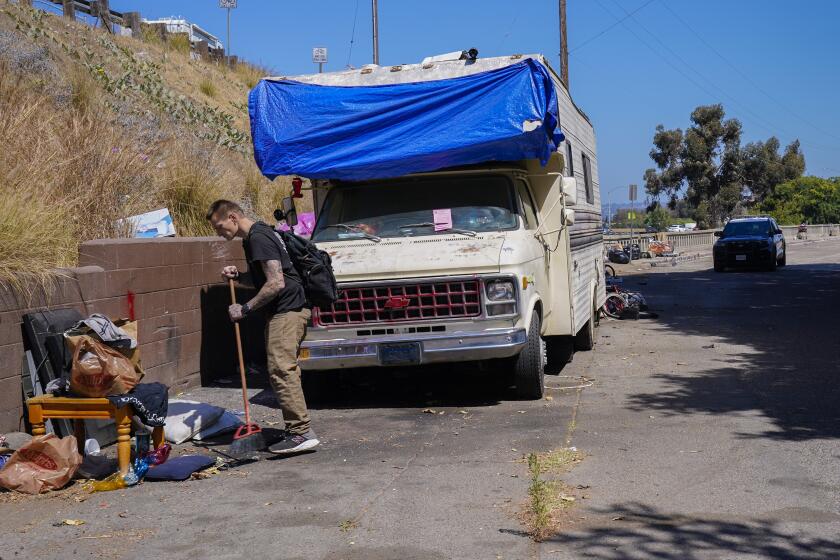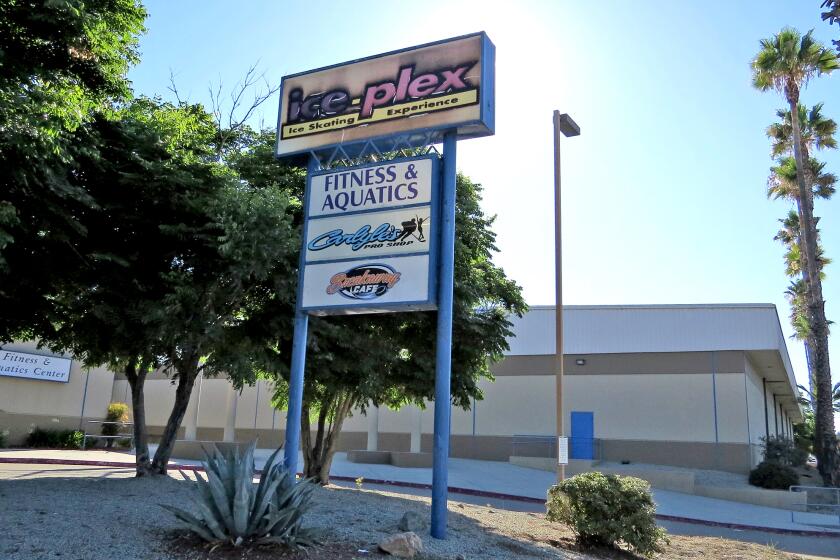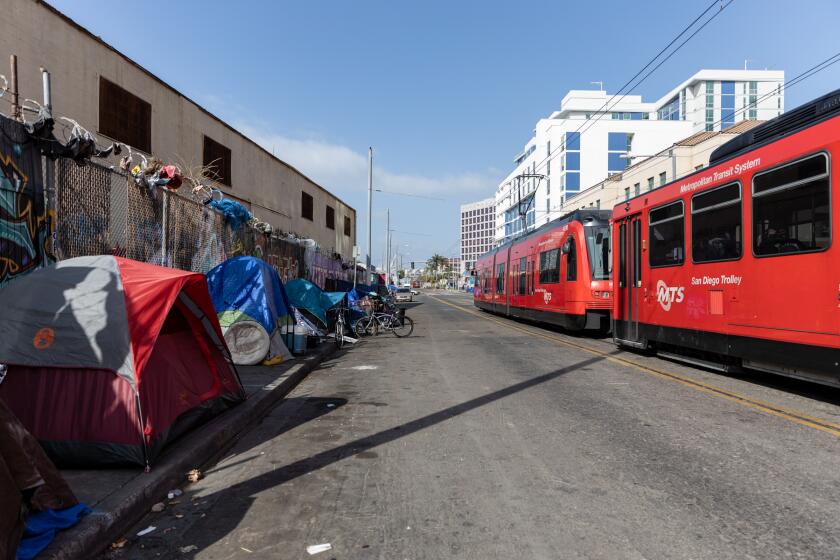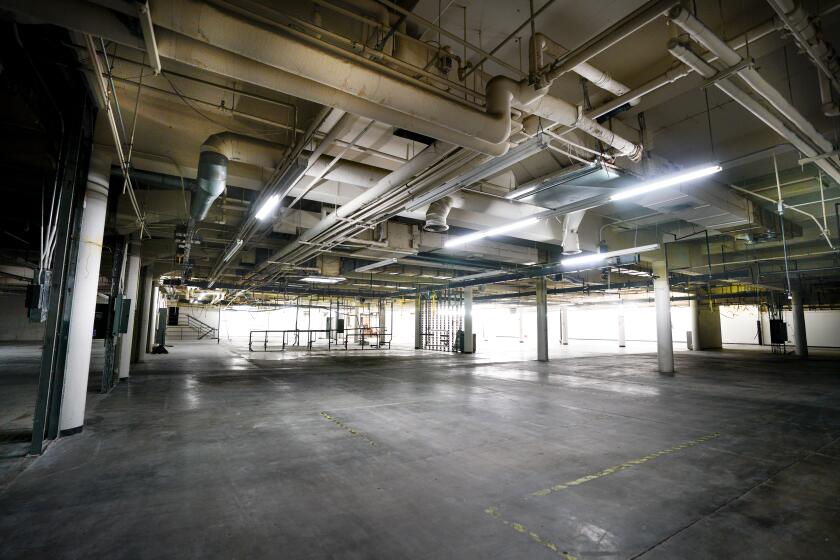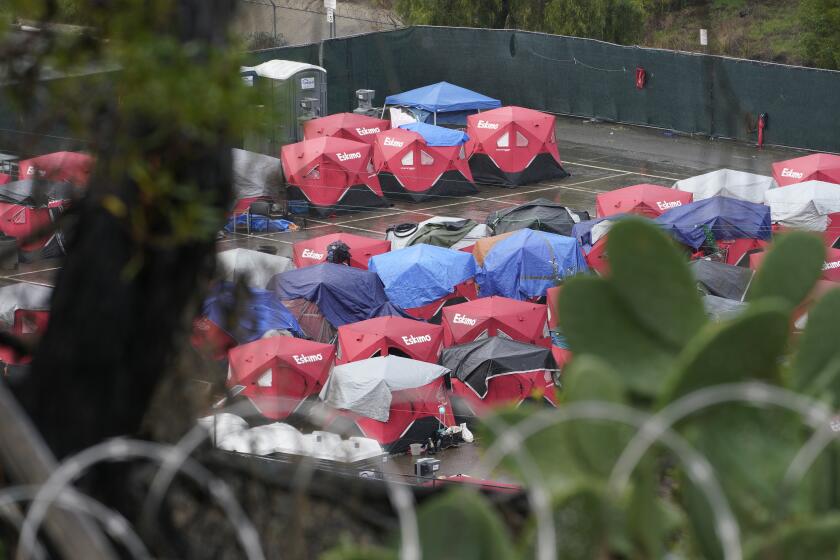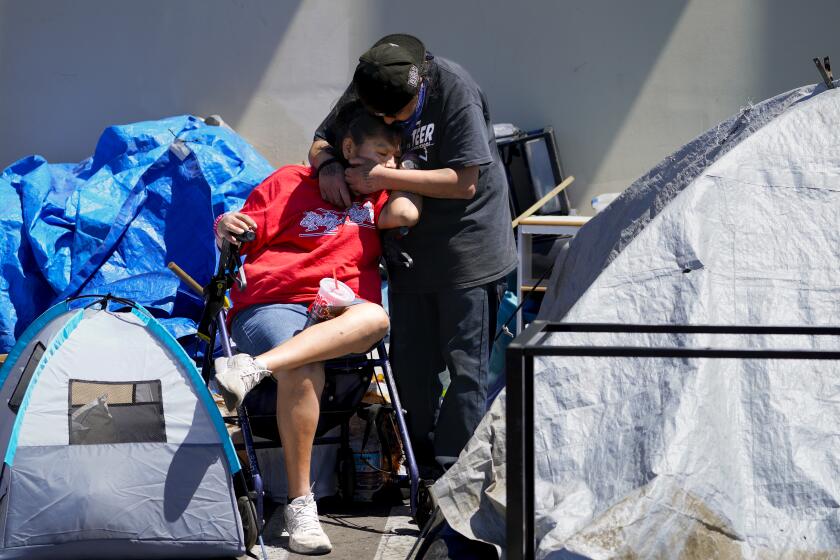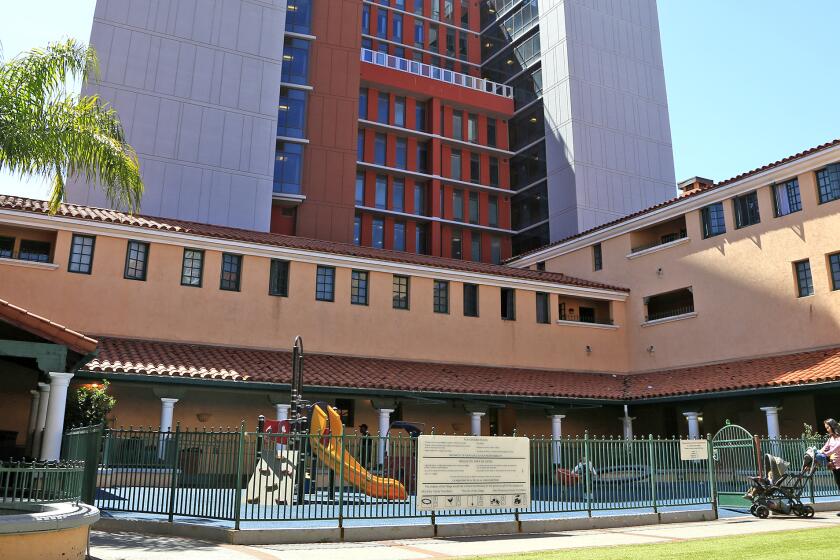Newly homeless population growing twice as fast as those finding housing
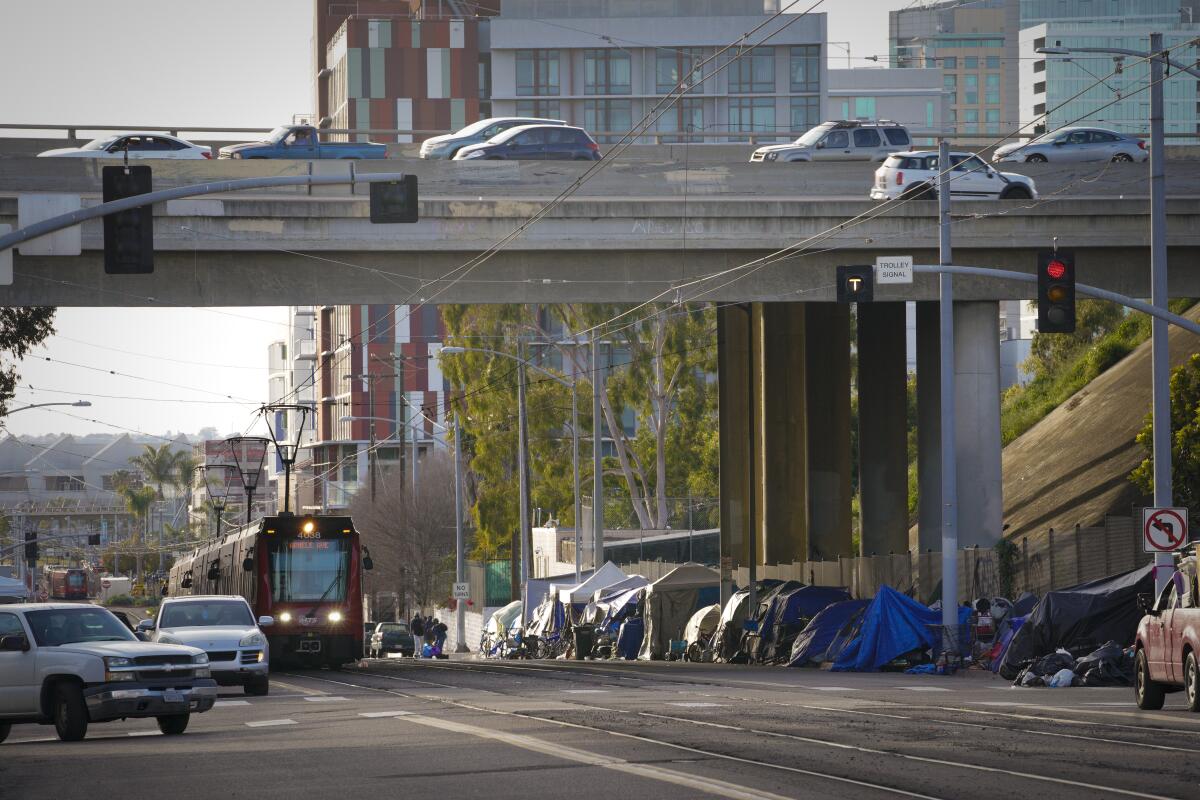
Encampments grow in San Diego County. More shelter beds are planned, but nothing is opening immediately.
More people appear to be living in a growing number of homeless encampments throughout San Diego County, and the latest monthly report on the disturbing trend confirms the situation isn’t getting better.
The San Diego Regional Task Force on Homelessness this week reported that about twice as many people fell into homelessness than found housing countywide in January. According to the data, 1,211 individuals experienced homelessness for the first time and 663 homeless people were housed last month.
In December, 994 people in San Diego County reported becoming homeless for the first time and 759 homeless people found some type of housing.
The county has not had a month where more people got off the street than fell into homelessness since March 2022.
“We know that homelessness ebbs and flows, which is why we measure these numbers on a monthly basis,” said task force CEO Tamera Kohler. “While we don’t know the specific causes for the rise and fall of individuals experiencing homelessness for the first time, at a macro level these trends continue to show how difficult maintaining housing is in our region. We must do more to not only get our most vulnerable off the streets but keep those who are on the edge of homelessness with a roof over their heads.”

The report does not suggest a reason for the growing number of newly homeless people, but the surge is happening at a time of rising food costs, overall inflation and a shortage of affordable housing.
More shelter beds are planned in the county, but nothing is opening immediately. Work is continuing on a shelter the San Diego Rescue Mission will operate in Oceanside, but no opening date has been announced. The Rescue Mission also plans to open a shelter in National City, but its opening could be about a year away.
A safe parking lot for homeless people is being pursued in Vista, but no site has been identified yet. The city of San Diego also plans to open another safe parking lot, but no opening date for it has been announced. San Diego also has discussed creating the first legal campground for homeless people in the region, but plans still are in the works.
Meanwhile, homeless encampments continue to grow in certain areas. An encampment on Commercial Street in downtown San Diego is spilling off the sidewalk and into a street vehicles share with the trolley. A monthly count of homeless people in downtown San Diego has seen numbers approach 2,000, with a new record set at each count over the past six months. Tents line the street in an industrial area of Oceanside while in South County a large number of people live near a river in Chula Vista.
The task force began releasing monthly reports on newly homeless people in October after compiling data for a year that showed an average of 13 people became homeless for every 10 homeless people who were housed over 12 months.
Of the 663 people who were housed last month, 486 rented units on their own, 129 moved in with a family member and six moved into housing they owned. People who found housing included 151 seniors, 93 veterans, 86 youths ages 18-24 and 85 families. The report also shows 758 people were referred to a queue for future housing.
The results of a countywide count of homeless people conducted last month have not yet been released, but the count from February 2020 found 8,427 homeless people living outdoors or in shelters. The number of people actively seeking help from services for people facing homelessness is much greater.
The number of active clients in programs is 27,222, with a third of those being served in permanent housing. Another 19 percent are receiving some type of services and 12 percent are in emergency shelters. Active clients include 8,290 people ages 55 and older, 2,463 families, 3,889 veterans and 1,993 youths ages 18-24. About 4,100 new clients entered programs last month.
Get Essential San Diego, weekday mornings
Get top headlines from the Union-Tribune in your inbox weekday mornings, including top news, local, sports, business, entertainment and opinion.
You may occasionally receive promotional content from the San Diego Union-Tribune.

